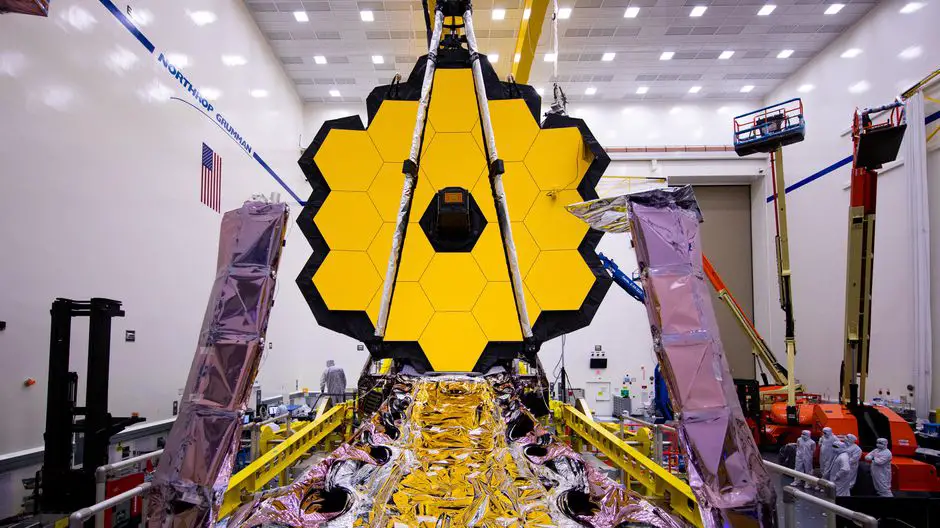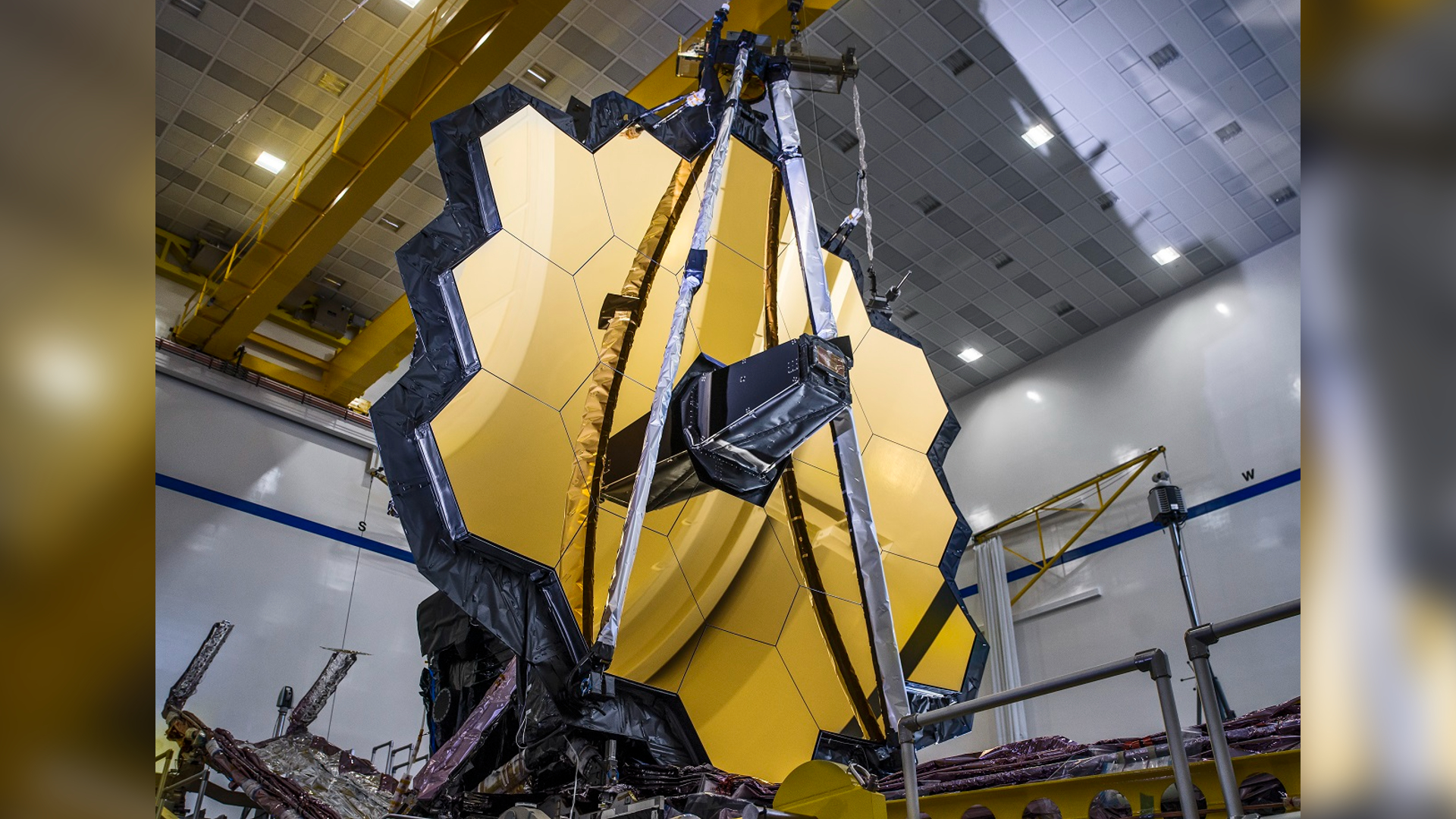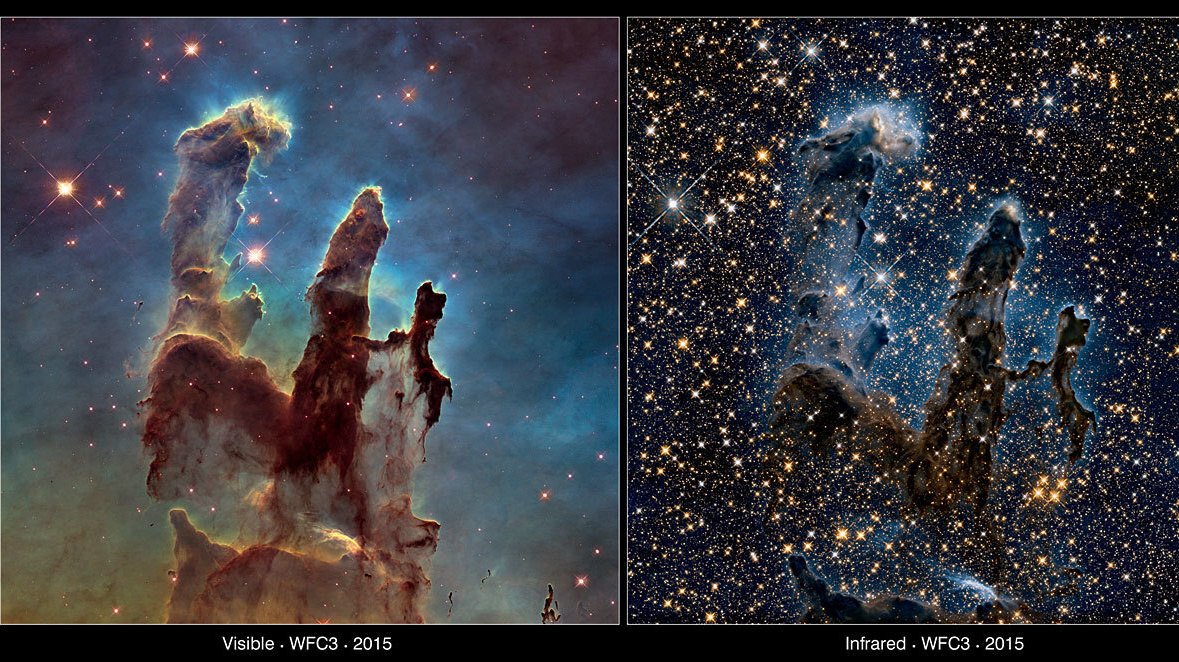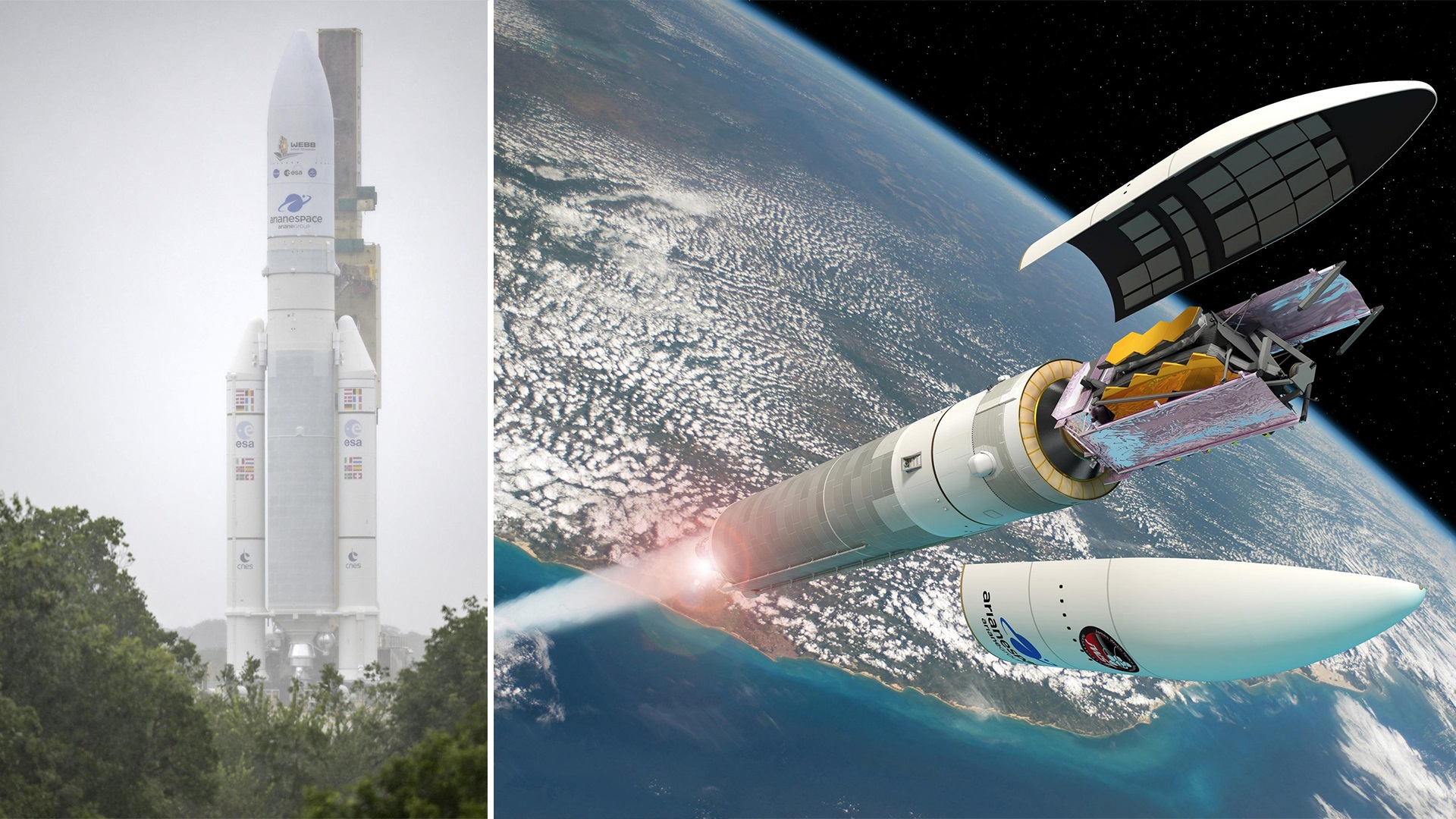There is a moment just after the Big Bang when the universe was just being started and the first stars were only blinking into life, which is still a mystery.
Astronomers may begin to understand how the universe developed over the course of more than 13 billion years if they could examine the turbulent, heady days of the early era. As a result of their research, they may finally grasp how galaxies, black holes and other celestial bodies formed, including planets that may host life.
Even with the most advanced observatories in space and on the ground, astronomers were unable to view the oldest and most distant objects in the cosmos with any certainty.
However, this is the first time this has happened.
Humanity’s most powerful and biggest telescope, the James Webb Orbit Telescope (JWST), is scheduled to be launched into space by NASA in 2018. On Saturday, a European spaceport in French Guiana is scheduled to take off a tennis court-sized observatory that can see farther into space and in better detail than any telescope that has ever existed.
If successful, the project might alter our knowledge of the cosmos and our role in it. NASA has dubbed it an “Apollo moment.”
According to Marcia Rieke, an astronomer at Arizona State University, “It may very well transform the direction of astronomy,” Rieke said.
Rieke has spent the last 20 years managing the creation of NIRcam, a specifically developed infrared camera that is one of the Webb telescope’s four major instruments. She claims Webb has the ability to solve puzzles from the early cosmos, dating back 100 million years after the Big Bang. It might also seek possible biosignatures of alien life on exoplanets using technologies sensitive enough to examine their atmospheres.
The project is one of NASA’s most daring, despite its potential rewards.
For roughly a month after its launch, the Webb telescope will travel in an orbit around the sun that is about 1 million miles from Earth.

There is a second Lagrange, or L2, the position where the telescope may stay in a stable orbit with one side facing Earth and the sun at all times, which is why this location was selected. This shields the telescope’s equipment from heat and light that may interfere with its observations..
It is a million miles distant, thus NASA will not be able to send humans there to fix or enhance the telescope. The Hubble Space Telescope was notably serviced by astronauts on five consecutive flights between 1993 and 2009. Webb’s program director, Greg Robinson, said NASA would not allow it this time around.
Robinson remarked, “There is no way out of this.” That which departs the Earth is on its own.”
Next-generation space telescope
One of NASA, the European Space Agency, and the Canadian Space Agency’s projects is the James Webb Telescope. Astronomers will be able to use this observatory to learn more about the origins of the cosmos, which was first suggested over 30 years ago.
Controversy abounds throughout the project. The telescope’s construction was delayed by more than a decade and overrun by billions of dollars. Many of the scientists and engineers who worked on the project have had a long, rough road to get to this point.
Finally, Webb is ready to go into production.
The Hubble Space Telescope, which has been in operation since 1990, will serve as a model for the next observatory. The Hubble telescope, which has been instrumental in decades of scientific discoveries and some of the most breathtaking views of the universe, has a restricted field of view.
There will be a new record for the biggest space telescope’s main mirror, which will gather and concentrate light from distant galaxies.

Because it is roughly three times as large as Hubble’s mirror, Webb can see more of the universe and do so in better detail. According to Robinson, the combined power of the Webb telescope and Hubble will be 100 times greater.
Hubble opened the door to the cosmos, and Webb will likely slam it shut.
Hubble’s “tasty hints” may have led to discoveries, but the telescope did not have the proper skills to investigate them, says Rieke.
But the mission’s largest design problem was Webb’s enormous mirror. The mirror has to be folded up and then unfurled once in orbit in order to fit inside the rocket for launch. To act as a single mirror, each of the 18 gold-coated hexagonal segments must be precisely aligned.
Once the observatory is in orbit, the massive sun shield for the telescope will also be deployed. With the diamond-shaped sun screen, the telescope’s mirror and equipment can pick up the tiniest heat signals without interference from Earth or the sun.
Due to Webb’s infrared “eyes,” the telescope is able to identify stars and galaxies that are beyond our capacity to see and beyond other telescopes like Hubble that only perceive visible light.
It is possible to see certain celestial objects through dense clouds of cosmic gas and dust thanks to infrared light.


